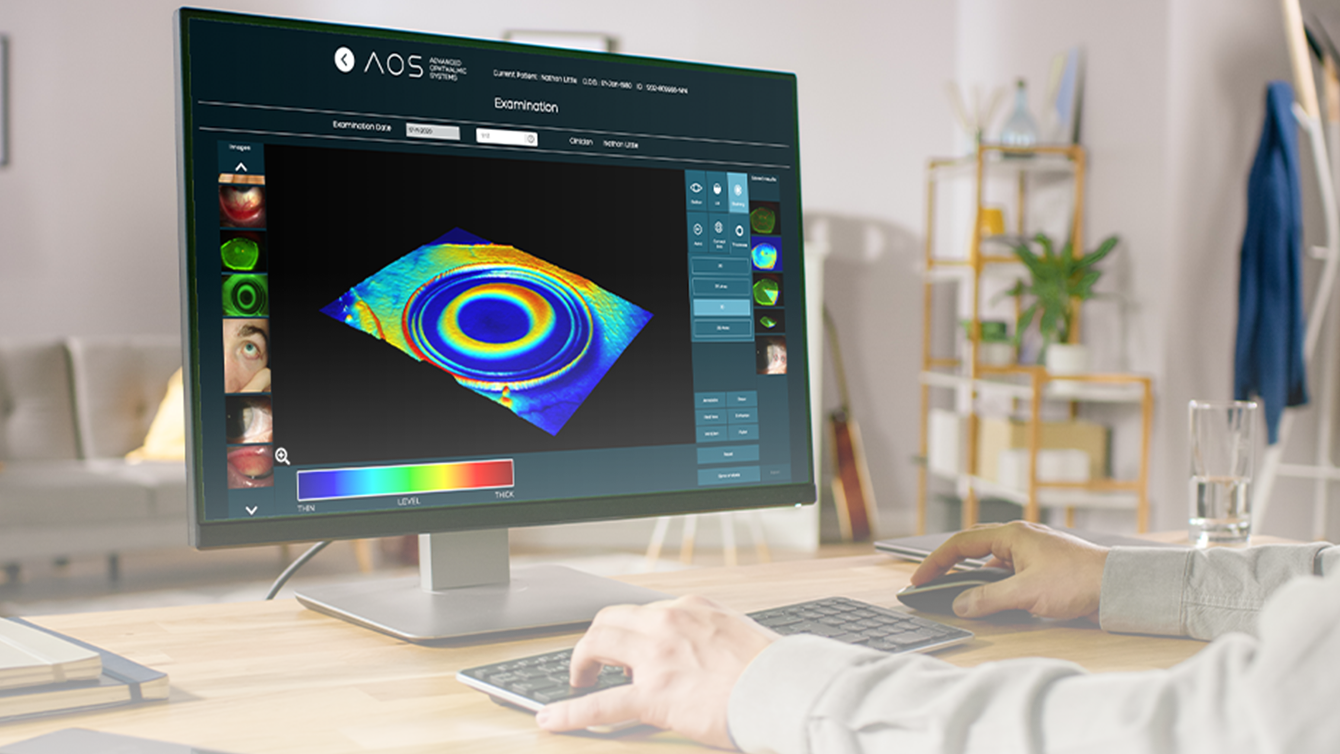Advanced Ophthalmic Systems (AOS) Software in Clinical Trials
7th December 2022

Advanced Ophthalmic Systems (AOS) software has the potential to play a vital role in future clinical research trial integration for clinical investigators. AOS operates on an intelligent interface that connects to a slit lamp to objectively grade and measure many of the primary and secondary endpoints needed for a successful trial. For example, the objective analytics measure corneal staining (a major primary endpoint for almost all anterior segment trials), bulbar and lid injection, and provide comparison features over time depending on which endpoint(s) the investigator is studying.1 AOS software can safely eradicate potential human error in grading.
Pharmaceutical companies who are interested in getting new anterior surface drugs approved to treat dry eye would find this technology extraordinary. The ability to seamlessly compare a patient’s dry eye scores at baseline to their scores at the final visit would help further solidify the efficacy of their drug. Furthermore, the software also allows clinicians to use various filters over the selected images, such as a red-free filter or a Wratten filter (preferred when looking at punctate keratitis on the anterior surface). Anterior segment pathologies can be measured, annotated and drawn upon to highlight key areas of concern or interest.1
AOS software even amplifies telehealth in eye care. Their innovative smartphone application (available now) allows eye care providers (ECPs) and their patients to communicate by securely capturing and transferring images and video from patients to doctors for use with the AOS software. Clinicians can request remote image and video uploads from the patient to review easily and efficiently. Notifications can be sent back and forth as new information is needed or gathered.1 Per the AOS website, “Securely communicate and interact with patients using live video calling via a secure link. Real-time interactive services via image sharing, image or video transfer and live video calling between the ECP and patient (conforming to GDPR and HIPAA compliance).1 As a doctor who sees emergencies about 30% of the time during a regular clinic day, I think we would all find this feature helpful to communicate with our follow-ups. While not as beneficial as directly examining the patient, this feature would still bring about significant clinical relevance.
AOS is still an early, but highly innovative player in the realm of clinical and primary care outreach. As the company develops, I see tremendous upside for what they bring to the table for eye doctors. Let’s keep an eye on how they integrate into future markets.
